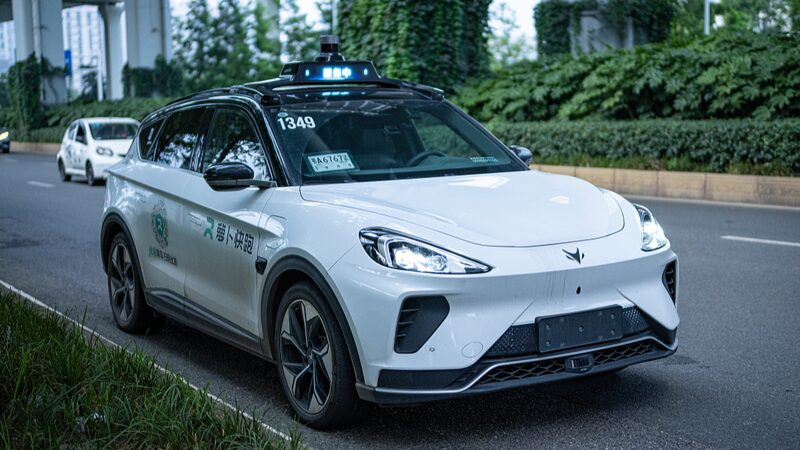Move over, human drivers! 🚗✨ Wuhan is steering China's embrace of robotaxis, and everyone's jumping on board. 🚕🤖
In the bustling megacity of Wuhan, located in central China's Hubei Province, robotaxis are becoming the new normal. Daily peak orders are reportedly exceeding 20 per vehicle, catching up to traditional taxis! 📈 That's a whole lot of people choosing a ride without a human behind the wheel.
Baidu's autonomous ride-hailing platform, Apollo Go, is at the forefront of this movement. Keywords related to Apollo Go have zoomed into the top 10 trending topics on Weibo, China's popular social media platform. Talk about going viral! 🌐🔥
\"Well, this is one way to drive new tech growth,\" quipped June Yoon, a columnist at the Financial Times. 🚀
But with great tech comes great questions. How safe are these robotaxis? What does this mean for traditional taxi drivers? And how will it reshape urban transportation as we know it? 🤔
How Safe Is It? 🤖🔒
\"Comparable to that of China's domestically produced C919 large passenger aircraft,\" says Yin Ying, general manager of the automotive robot department at Baidu. Now that's some high praise! ✈️
The sixth-generation autonomous vehicles, deployed in Wuhan since May, are equipped with Baidu's latest Autonomous Driving Foundation Model solution. Think of it as their secret sauce 🍝—integrating a large-scale AI model, advanced hardware, and a robust safety architecture. The company claims these vehicles can reach Level 4 (L4) autonomous driving, meaning they can operate without human intervention in most scenarios. 🤖🚗
Currently, Wuhan's streets have two types of robotaxis: fully driverless ones supervised remotely, and those with a human driver behind the wheel, just in case. Safety first! 👷♂️
Baidu reports that as of April, their autonomous driving program has clocked 100 million kilometers without a single major casualty incident. That's like circling the earth 2,500 times! 🌍
However, even superheroes have their slip-ups. 🦸♂️ An incident on July 7 in Wuhan's Hanyang District involved a minor accident when a pedestrian ran a red light. The robotaxi started moving on a green light and made slight contact. \"Thankfully, no significant injuries were found,\" Apollo Go announced. Phew! 😅
Why Are People Embracing It in China? 🇨🇳❤️
Wuhan isn't just any city; it's known as the \"Chinese Motor Valley,\" a hub for automotive innovation. 🏭🚗 So it's no surprise they're leading the charge.
Baidu's Apollo Go isn't just cruising in Wuhan. They've rolled out manned test operations in 11 cities and fully driverless tests in Beijing, Wuhan, Chongqing, Shenzhen, and Shanghai. Pony.AI, another key player, is also revving up their engines with plans to expand their fleet in Beijing. 🏎️💨
According to Zhang Junyi, partner at global consulting firm Oliver Wyman, Chinese consumers love trying new things. \"Even if it's just for the experience,\" he told CGTN. And who wouldn't want to say they've caught a ride in a car of the future? 🚘🌠
Online chatter reveals that people are attracted to robotaxis for their competitive prices, great service, and let's not forget—the cars smell good! 🚖🌸
\"I anticipate a growing number of consumers will embrace these innovative rides,\" Zhang added. And with the way things are speeding up, the future of transport in China looks driverless and exciting! 🚀
Reference(s):
Wuhan leads China's embrace of robotaxis. What's behind the surge?
cgtn.com




